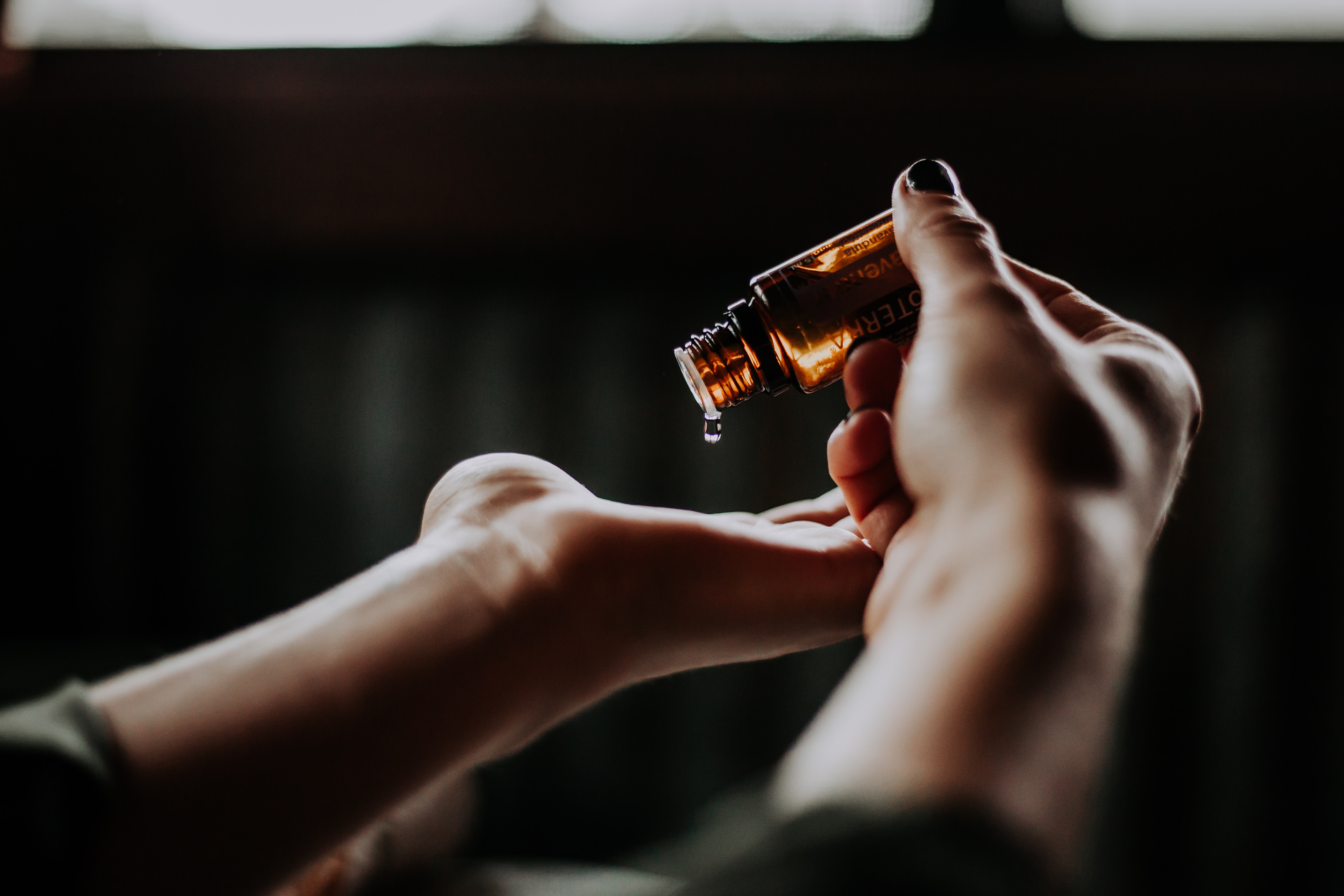CBD seems to be all the rage lately, especially when it comes to looking for natural relief for problems like anxiety, insomnia, and chronic pain.
But what exactly is CBD?
We’re exploring some common questions about CBD, its uses, its legal status, and its safety.
What is CBD and how is it related to marijuana?
CBD—or cannabidiol—is an ingredient derived from the hemp plant, C. Sativa. However, pure CBD is not the same as medical marijuana.
Hemp and cannabis (marijuana) are two different strains of the same plant, C. Sativa. While the cannabis strain is usually cultivated for THC (tetrahydrocannabinol)—the compound responsible for marijuana’s intoxicating effects—the hemp strain is grown for many other uses, like clothing or paper.
CBD is most often cultivated from the hemp strain and has no intoxicating effects.
Is it legal?
This article from Harvard Health Publishing notes:
“All 50 states have laws legalizing CBD with varying degrees of restriction, and while the federal government still considers CBD in the same class as marijuana, it doesn’t habitually enforce against it. In December 2015, the FDA eased the regulatory requirements to allow researchers to conduct CBD trials. Currently, many people obtain CBD online without a medical cannabis license.”
In essence, the legality of CBD depends on what state you call home.
Originally, the 1970 Controlled Substances Act outlawed the growing of both marijuana and hemp nationwide. However, in 2014, the Agricultural Act paved the way for industrial hemp to be grown for research purposes.
In Tennessee, it has been legal to grow industrial hemp since May 2017. These plants must contain no more than 0.3 percent dry weight of delta-9-THC (as the federal law requires) and are licensed annually by the Department of Agriculture.
However, other states like Idaho, South Dakota, and Nebraska don’t have any laws on the books for C. Sativa, so CBD access remains illegal there.
What is it used for?
CBD is marketed for a variety of purposes, including sleep aids, anxiety relief, pain relief, and more. Heck, you may have even seen the CBD products on the market for dogs!
The main issue with CBD’s recent popularity is the lack of science backing these products’ claims.
Few studies have been completed to scientifically prove some of the benefits touted by CBD use.
However, we’re beginning to get there. For instance, last year the FDA approved a new drug Epidiolex, a “purified CBD oral solution,” for seizure-reduction in patients with Dravet and Lennox-Gastaut syndromes after studies found significant seizure reduction in patients that used the drug.
Clinical studies for other conditions, like anxiety or migraines, have not yet been completed, and so claims of relief from these symptoms are theoretical and experiential.
However preclinical evidence suggests that CBD may be a promising candidate for pain management as well as treatment for addiction.
Which leads us to the question…
Is it safe to use?
Yes… when using a quality product.
This is where things get muddy.
Most CBD products on the market are not pure CBD. This means that products may contain additional compounds from the C. Sativa plant as well as other compounds derived from plants like clove, hops, or turmeric.
Because of the discrepancy in what these products contain, the specific products have not been studied to determine the product’s efficacy or which ingredients within the product are actually the cause for symptom relief.
Additionally, a 2017 survey found a vast mislabeling of CBD and THC content in popular online CBD products:
“As to the labeling of concentrations in products, a 2017 survey reported that of 84 online CBD and hemp oil products examined, only 26 were accurately labeled for CBD and THC content, with CBD often being overlabeled and THC underlabeled, consistent with the statements made by the FDA.”
The lack of regulation in the United State’s CBD market means that there is little oversight in the accuracy of product labeling.
Because of this, the Mayo Clinic actually encourages physicians to recommend European-imported products for their patients because of the “more established regulatory system for hemp” and the fact that THC levels must be less than 0.2% dry weight compared to the U.S.’s levels of 0.3% dry weight.
***
At the end of the day, we’re still in the beginning stages to understand the benefits of CBD use. Because laws are inconsistent across state lines, CBD production remains largely unregulated in the U.S.
However, research looks promising that CBD may be able to provide safe, non-intoxicating treatment relief to many medical issues.
We don’t imagine that all the talk about CBD will be going away anytime soon!


